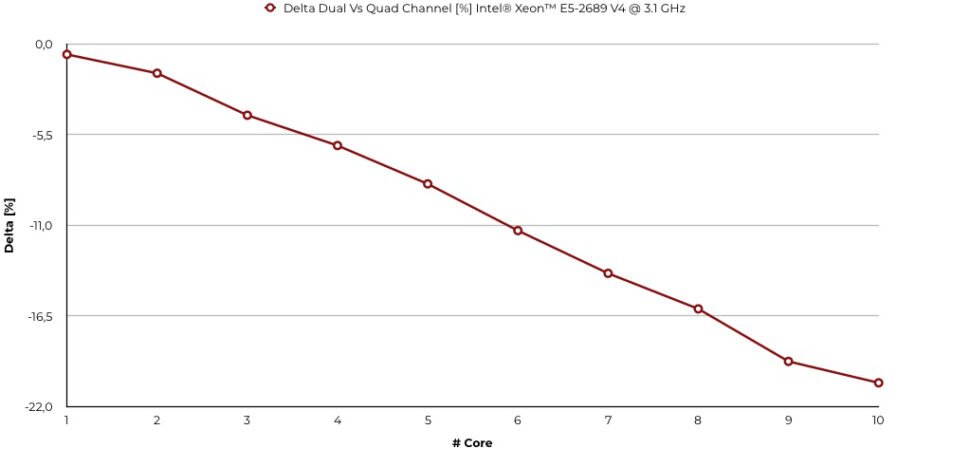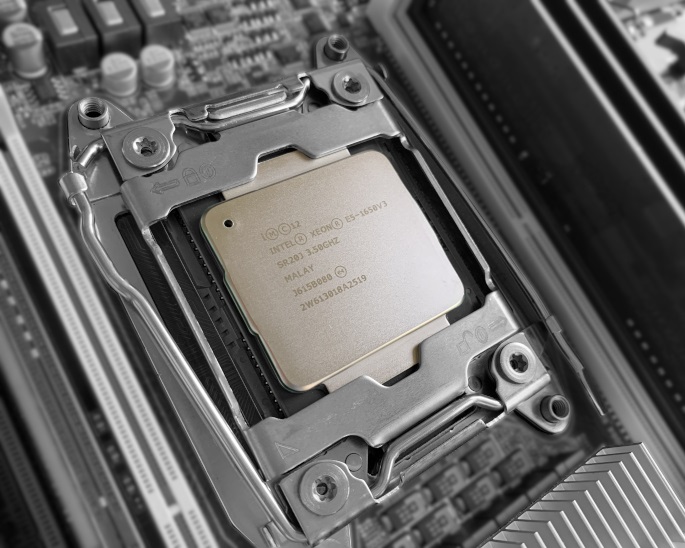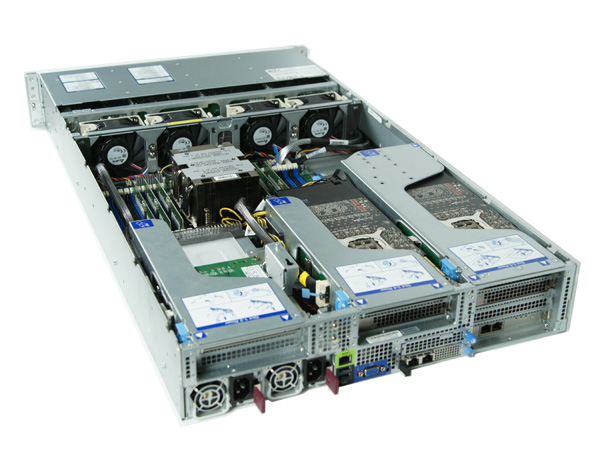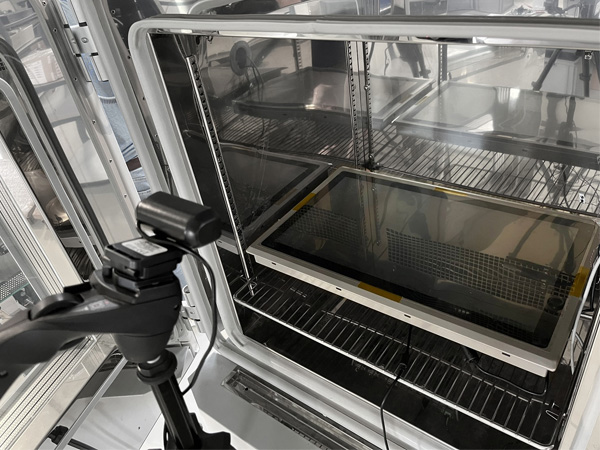Category : News by T-Pole | 15 May 2020
It was November 2008 when Intel®, with the presentation of Nahalem, the first generation of the Core ™ architecture, introduced a distinction for solutions aimed at the desktop market segment.

Two distinct sockets for as many product ranges : LGA 1150 for mainstream desktops, LGA 1366 for enthusiast products, then called HEDT (High End Desktop). The solutions of the latter category could equip processors with multiple cores and memory controllers that exceeded the limits of the dual channel of the maintream counterparts, in addition to having a greater number of PCIe lines to be used for expansion cards.
Time has gone by, sockets have changed, but this market distinction for Intel® is still valid today, although it is now possible to configure a mainstream desktop machine with the same number of cores as an HEDT or entry level server solution.
The question is legitimate: if I have the same number of cores available, when to use a high-end mainstream desktop system and when to use an entry level server system, more complex and economically less advantageous?
The answer is depends : as in all sizing problems, in the first place it is necessary to identify the bottlenecks that limit the performance of the application software during execution.
In terms of pure processing, a desktop processor can have a higher clock frequency than a server processor, and hence a single thread performance higher than the same IPC (Instructions per clock), which depends on the architecture.
Problems arise when memory-bounded algorithms are run, that is, whose perforance depends strictly on the bandwidth made available by the memory system.

For example, if we consider the field of artificial vision, the convolution of a kernel on an image or the application of operators of mathematical morphology are two types of work that perform non-local accesses to memory causing frequent cache misses . The time spent waiting for the data is the time in which the CPU does not proceed with the processing, and this limits the final performance of the application in a more or less important way.

To minimize the impact of cache misses, two solutions can be used: use processors with a larger cache or use a more performing memory subsystem . And this is where Server processors make a difference compared to mainstream desktop counterparts, limited by the adoption of dual channel memory controllers.
Now that the Intel® HEDT range is migrating towards the performance of single-socket server systems and remembering that no Intel® Core ™ X-Series HEDT processor has been included in the embedded roadmap by Intel®, it is It is increasingly common to resort to server-based solutions such as graphic workstations for digital imaging or artificial vision, especially after the presentation of the Intel® Xeon ™ W-Series processors dedicated to this type of application .


